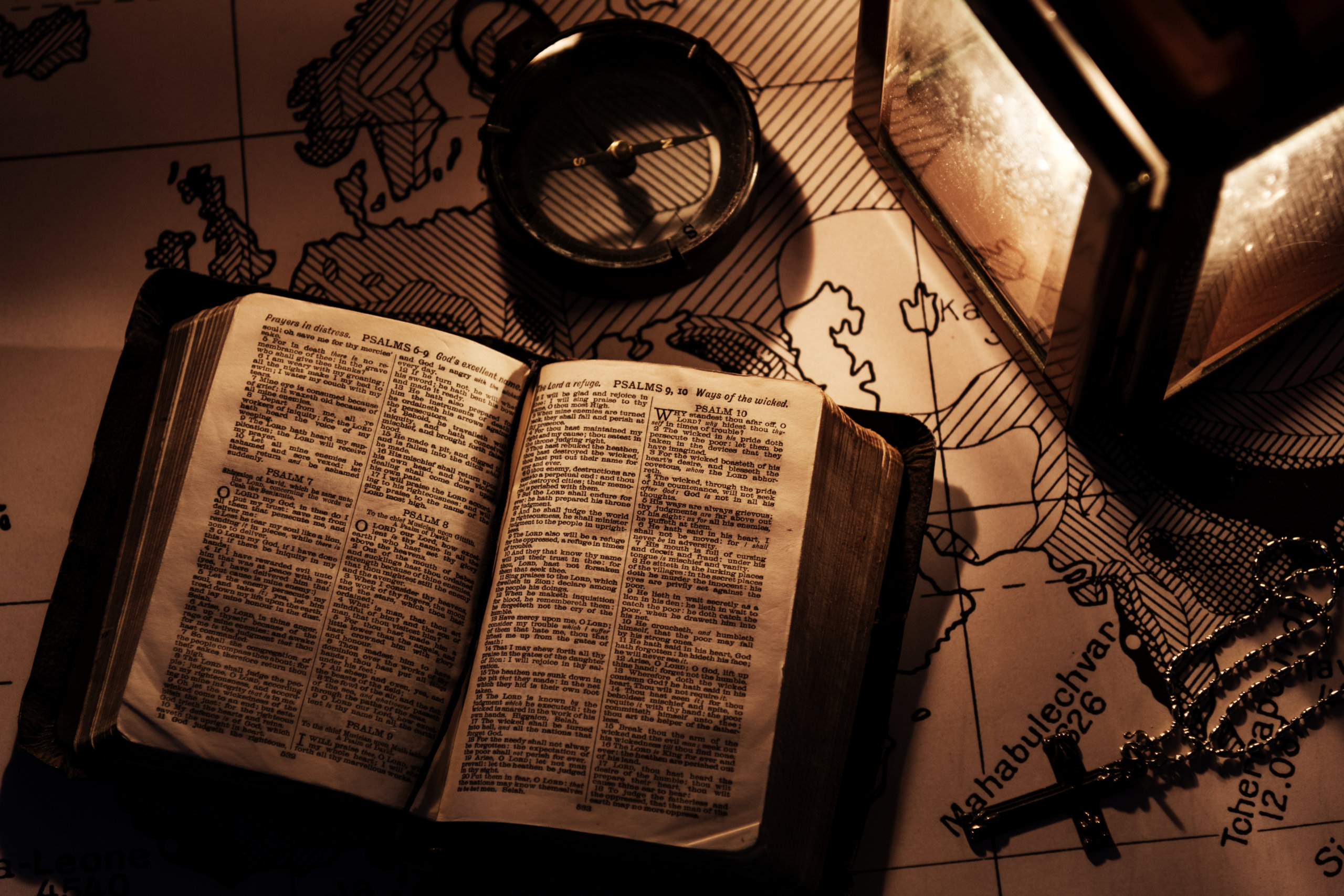Gaelic Nicknames and Substitute Names
Nicknames
On the accompanying pages you will see many people with the following “middle” names. These are, in fact, nicknames. Since many Scots families followed a strict naming code of naming their children after the grandparents, many names got repeated. As such, nicknames were often added in order to help differentiate, say, one Robert Stewart from the next.
It may also be helpful to understand that, in Gaelic, names and nicknames change their form, spelling, and pronunciation when you are speaking directly to a person as opposed to speaking about a person. Also, exact pronunciations can vary from one Gaelic dialect to another. For example:
It is commonly known that Mac (pronounced “maachk” with that well-known Gaelic “ch” that sounds like you’re winding up for a good spit) means “son of” in Gaelic. However when addressing a person directly Mac becomes Mhac (pronounced “vaachk”). While “grandson of” is Mhic (pronounced “vichk”). However Mhic does not change form when addressing the person directly, but in Perthshire Gaelic is often rendered as ‘ic, which is pronounced “eechk”.
So “Robert mor ban mac Alistair oig mhic Alistair ruadh Stiubhart” would translate to “Big Robert with the white hair, son of Alexander, the younger, who was in turn the son of Alexander Stewart with the red hair”.
It is also important to note that, just like English, Gaelic spellings were not standardized until the late 1800s, thus you will often find personal nicknames where the spellings do not conform to those below. That ought to have you good and confused now. Here are a few of the more common nicknames.
| Nickname | Pronunciation | Meaning |
| ban, baine, bhan, bhain | ban, ben, van, ven, | white or fair, sometimes Anglicized as “bane or bain”. |
| beag, beg | bek | small or little, as in “Little John”, sometimes, but less commonly, used like oig to indicate a younger son whose father has the same name |
| buidhe | bwee | yellow or blond, sometimes means fair |
| donn | down | brown |
| dubh, duibh | doo, dwee, dweev, doov, doof, dow | black or dark, sometimes Anglicized as “duff” as in MacDuff |
| glas | glah-s (similar to “class”) | grey |
| mor, mhor | more, vore | big or large, as in “Big John”, often means “great”, as in “Colin The Great”, sometimes mistakenly translated as “gross” likely because the Norman French word for “big” is “le gros”. |
| oig, oag | oik | young or “the younger”, usually used to differentiate the son of a father with the same first name |
| ruadh, ruaidhe | roy | red, often Anglicized as “roy” as in Rob Roy MacGregor, sometimes rendered in the Norman French as “roi”. |
| sean | shen (rhymes with “pen”) | old |
Substitute Names
Gaelic names are not always “translated” directly into their English equivalents. Sometimes English “substitute names” are used. These were also called “polite names” or “church names” or “Sunday names”. Sometimes a Gaelic speaker would adopt an English name that sounded similar to their Gaelic name, but may not actually be a literal translation. The most commonly known of these is the use of Peter as a substitute for Padraig where the direct translation would be Patrick. Thus, it is not uncommon to find an English record of a Padraig where the man is identified as either Patrick or Peter or sometimes both. This is not unlike the English use of Jack in place of John. It is helpful for researchers to be aware of these substitute names otherwise some records may escape discovery. For example, if you weren’t aware of these substitute names, then if you were looking for the baptism record of a man who was known in English culture as “Peter” and you found a record for a “Patrick” instead, you may not realize that they are the same person. We have listed the most common substitute names below. If you are aware of any others, please let us know so they can be added to the list.
| Gaelic Name | English Translation Name | English Substitute Name(s) |
| Male | ||
| Alasdair | Alexander | Allan |
| Domhnall | Donald | Daniel |
| Donnchadh | Duncan | David |
| Eoghan | Ewan | Hugh, Eugene |
| Gillespic* | Gillespie | Archibald* |
| Iain | Ian | John |
| Padraig | Patrick | Peter |
Female | ||
| Catriona | Catharine | Christian/Christine/Christina/Kristin/Kirstin |
| Ealasaid | Elisabeth (Scots: Elspeth) | Beatrix/Beatrice, Euphemia/Effy, Isobel/Isabella (Gaelic: Iseabail) |
| Giorsal | Grizel/Griselle | Grace |
| Maidhread | Margaret | Mary (Gaelic: Mhairi) |
| Morag | Morag | Marion, Sarah** |
| Una | Agnes | Ann |
| Seonaid | Janet | Jane, Jean, Jesse, Jenny |
| Sine | Jean | Jane, Joan |
*The use of Archibald as a substitute name for Gillespic is somewhat hard to explain. Gillespic is derived from gille uisbeag, which means “servant of the bishop”. These servants often had shaved heads, and it has been suggested that the “bald” element in Archibald may reflect some confused comprehension regarding the shaved heads of the bishop’ servants. Whether this explanation is correct or not, we don’t know. But the fact remains that it is true that Gillespic and Archibald were treated as equivalent names.
** according to Scottish Christian Names, by Leslie Dunkling











Well done! It’s a confusing topic and parish priests/ministers often took it upon themselves to record their version of a name. My great great grandmother was Helen (or Ellen) McKay. Both versions used. Confusing until I realized she was Eilidh NicAoidh from a Gaelic area and it translates as eith Helen or Ellen.